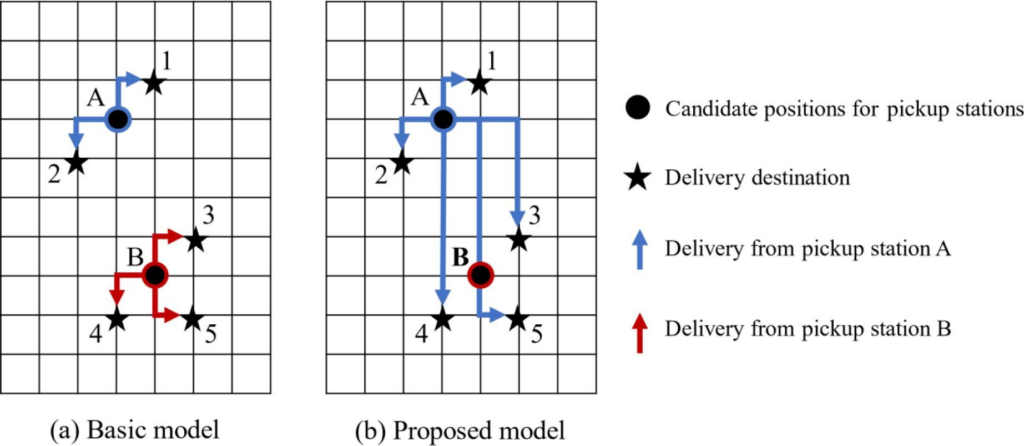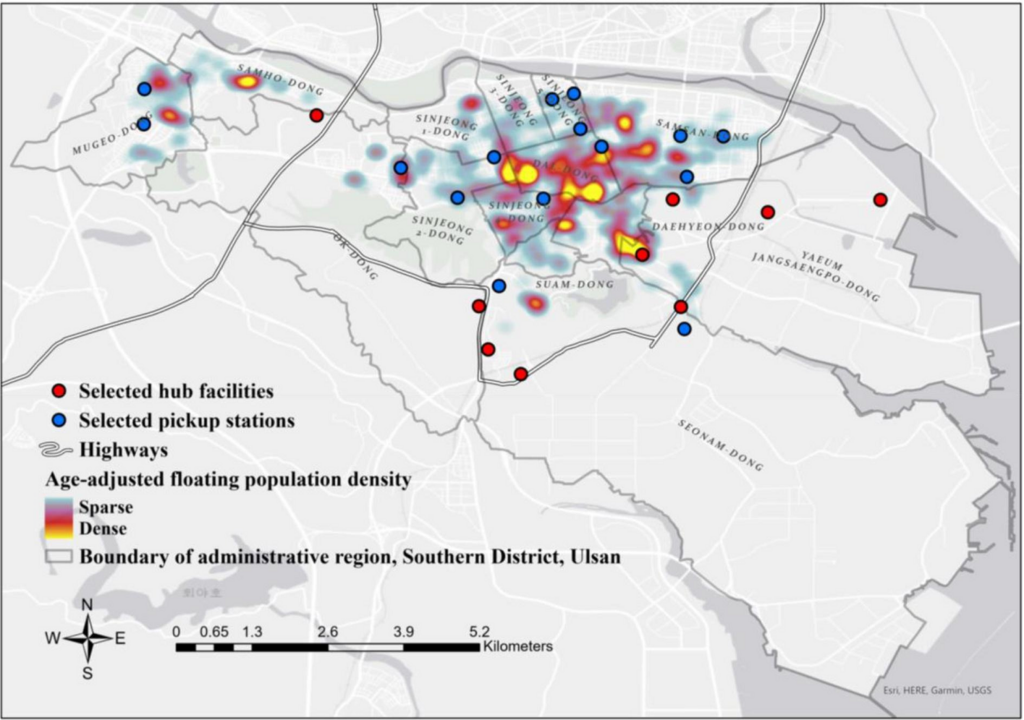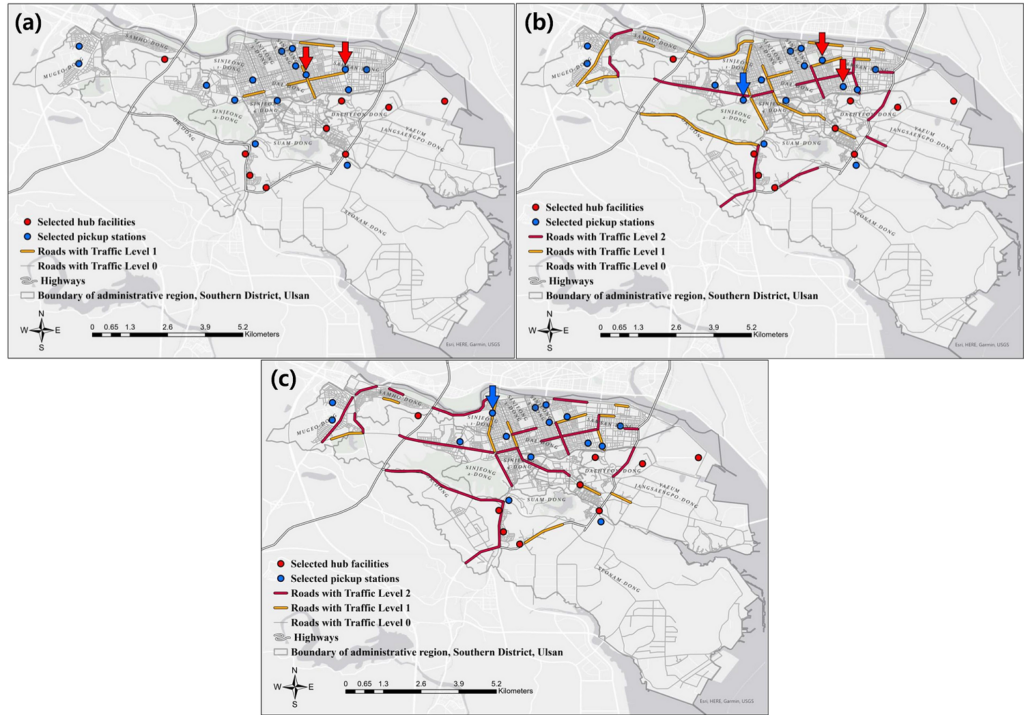Abstract
A groundbreaking development in logistics delivery efficiency has emerged through the innovative work of Professor Sang Jin Kweon and his team in the Department of Industrial Engineering at UNIST. Their cutting-edge research has led to the creation of a logistics optimization methodology that seamlessly integrates crowdsourcing with annual floating population data, revolutionizing the field.
The methodology focuses on enhancing the last mile delivery process, the final step in delivering goods to customers, by strategically determining optimal terminal locations through crowdsourcing. This approach has showcased a remarkable 3.09% reduction in total logistics costs, marking a significant advancement in the industry.
By facilitating the coexistence of existing logistics workers and crowd workers, the efficiency of logistics transportation has been significantly improved. Unlike traditional methods, this study considered employment and travel costs that vary based on population density. By incorporating factors, such as carbon emissions and transportation modes, used by crowd workers, a more comprehensive and efficient logistics solution has been achieved.

Figure 1. A schematic image, showing the allocation of crowd workers at pickup stations for parcel deliveries in the (a) basic model and (b) proposed models.
The methodology was successfully applied in the Southern District of Ulsan, demonstrating its adaptability and effectiveness in real-world scenarios. Sensitivity analyses on crucial cost parameters further highlighted the robustness of the developed approach, showcasing its potential for widespread implementation.
The team's exploration extended to the strategic distribution of incentive payments to promote the adoption of electric vehicles in last mile delivery, emphasizing the importance of sustainable practices. By forecasting various traffic situations, the study has laid a solid foundation for agile responses in challenging logistics environments.

Figure 2. Results for the optimal locations of terminals for the integrated last mile delivery platform with floating population density.
First author Jaesung Kim emphasized the potential of crowdsourcing in enhancing last-mile logistics efficiency, while Professor Kweon highlighted the study's comprehensive approach to address emerging logistics trends. The team envisions further research to integrate diverse mobility technologies into the logistics platform, ensuring continuous innovation in the field.
The team's exploration extended to the strategic distribution of incentive payments to promote the adoption of electric vehicles in last mile delivery, emphasizing the importance of sustainable practices. By forecasting various traffic situations, the study has laid a solid foundation for agile responses in challenging logistics environments.

Figure 3. Illustrations depicting the optimal locations of terminals for the last mile delivery platform during the different traffic conditions.
Jaesung Kim, the first author of the study, emphasized the potential of crowdsourcing in enhancing last-mile logistics efficiency, while Professor Kweon highlighted the study's comprehensive approach to address emerging logistics trends. The team envisions further research to integrate diverse mobility technologies into the logistics platform, ensuring continuous innovation in the field.
The findings of this groundbreaking research have been published in the online version of Expert Systems with Applications in January 2024, with an upcoming publication expected in August 2024. This study received support from the National Research Foundation (NRF) of Korea and the Ministry of Science and ICT (MSIT), underscoring its significance in advancing the logistics industry towards a more efficient and sustainable future.
Journal Reference
Jaesung Kim, Sang Jin Kweon, Seong Wook Hwang, and Seokgi Lee, "Crowdsourcing integration on the last mile delivery platform considering floating population data," Expert Syst. Appl., (2024).






